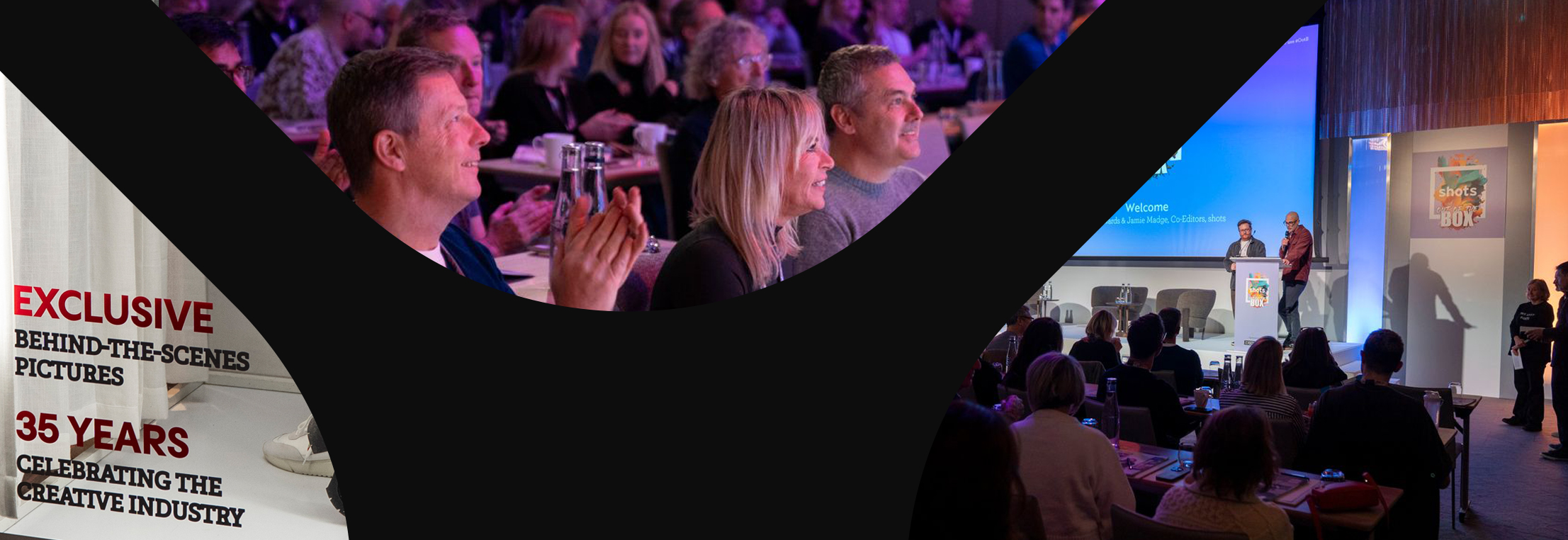The Explosive Growth of Mobile and Social Commerce
There’s no doubt people are logging more hours on their phones and one contributor is the increased time spent on mobile apps. In fact, among top mobile-first markets like South Korea, Brazil and Indonesia, consumers spent roughly 4.8 hours a day in 2021 browsing mobile sites and platforms. That’s due in part to pandemic-fueled trends that have changed the way we purchase products and interact with friends. To reach consumers where they’re spending time, marketers are developing mobile-first strategies while also focusing efforts on social commerce. Here’s what you need to know.Mobile Matters“Mobile is the GOAT (Greatest of All Time) and the go-to device of the future,” said Theodore Krantz, App Annie CEO. According to App Annie’s “State of Mobile 2022” report, consumers spent a record 3.8 trillion hours on their mobile devices last year. Ad spending kept pace, enjoying growth of 23 percent over 2020, for a total of $295 billion ad dollars funneled into the sector. What’s more, the report estimates that number will reach a whopping $350 billion by the end of 2022. Downloads were likewise up, growing by five percent compared to 2020 as consumers around the world downloaded a staggering 230 billion apps. Shopping apps especially soared, amassing 100 billion consumer hours, up 18 percent year-over-year. In some cases, time spent on mobile even surpassed linear TV viewing totals. App Annie reports that the average American watched 3.1 hours of television a day, but spent 4.1 hours on mobile in 2021, perusing everything from social sites to streaming channels.Meanwhile, in Western Europe many brick-and-mortar retailers are adopting digital technology to help boost in-store sales. Shopify is expanding its integrated payments features in Germany, which allows consumers to easily link their online history and offline behavior for seamless purchases. Supermarket chain Aldi is currently testing an app that would let shoppers pay in a checkout-free environment, while UK chain grocer Sainsbury’s recently implemented Amazon’s Just Walk Out technology. It lets consumers download an app, generate a QR code, take what they want off market shelves and leave without in-store checkout. Receipts are sent by email.Social SkyrocketsOf the 3.8 trillion hours spent on mobile last year, a remarkable 70 percent of that time went to social and photo or video apps, according to App Annie. TikTok and Facebook commanded the lion’s share of attention, clocking nearly 20 hours per user each month. It’s predicted that the global social commerce industry—defined as the intersection of social experiences with e-commerce purchases on a single platform—will boom three times faster than traditional e-commerce, as per a new Accenture report titled “Why Shopping’s Set for a Social Revolution.” Roughly 64 percent of social media users—or two billion buyers—bought something on a social site last year. Those figures are poised for an even greater explosion, projected to go from $492 billion spent on social commerce in 2021 to $1.2 trillion by 2025. Unsurprisingly, much of that growth will come from millennial and Gen Z consumers who already spend significant time online and are expected to be responsible for 62 percent of social commerce spending around the world in the next three years. Of those global purchases, 18 percent will likely be for clothing, 13 percent for electronics and seven percent for home décor. “The steady rise in time spent on social media reflects how essential these platforms are in our daily life,” said Robin Murdoch, global software and platforms industry lead at Accenture. “They’re reshaping how people buy and sell, which provides platforms and brands with new opportunities for user experiences and revenue streams.”Marketers are tapping into this reality by bumping up their social media ad spending. Zenith predicts that given its average yearly growth rate of 15 percent, social ad spending will grow faster than any other channel, reaching $177 billion this year. In two years, social media should make up 27 percent of the world’s advertising market. Platforms like Facebook, Instagram, Snapchat and TikTok have already rolled out in-app purchasing features to help meet customers where they want to shop.Brands Buy InSmileDirectClub is one of several brands that recently revamped its TikTok advertising strategy after enjoying strong consumer engagement on the beloved social video app. A combination of programmatic ads and organic engagement were found to be the winning formula, with SmileDirectClub CMO John Sheldon noting that “…you don’t go into TikTok and just place ads. You go into TikTok, become a creator and become part of the TikTok community.” That meant creating a series of customized videos that helped to reinforce the company’s connection with consumers. Original social content and tapping influencers were key to the strategy.Cameo is also growing in popularity as advertisers seek to grab consumers’ attention by pairing with the platform originally designed to let people buy personalized video recordings from their favorite celebrities. Now, marketers are building out their own campaigns on Cameo. “If your brand lines up with a celebrity on Cameo, you have a completely captive audience that’s interested,” said Matt Maher, founder of consulting firm M7 Innovations. Case in point: Bud Light’s “Birthday Shout-Outs” UK campaign, which asked people to enter a contest for a chance to win a personal birthday message delivered by one of six celebs. Hundreds of Cameo recordings were shared, and positive sentiment for Bud Light was rated two times better than its benchmark. In a similar fashion, Nissan gave prospective buyers the chance to ask questions about the car maker’s 2022 QX60 crossover SUV, which were answered by a handful of celebrities including Olympic gymnast Gabby Douglas. Coca-Cola even partnered with the platform to share personalized video messages from Santa last Christmas. That kind of organic growth is priceless for brands when seeding viral messages.From traditional e-commerce to the ever-expanding reach of the social commerce industry, mobile shopping has clearly captivated consumers’ attention around the globe. Marketers are meeting demand with dedicated ad spend and devising increasingly clever ways to partner with social platforms and engage prospective customers. We’ll keep our eyes on whatever developments come next.



.jpg)
